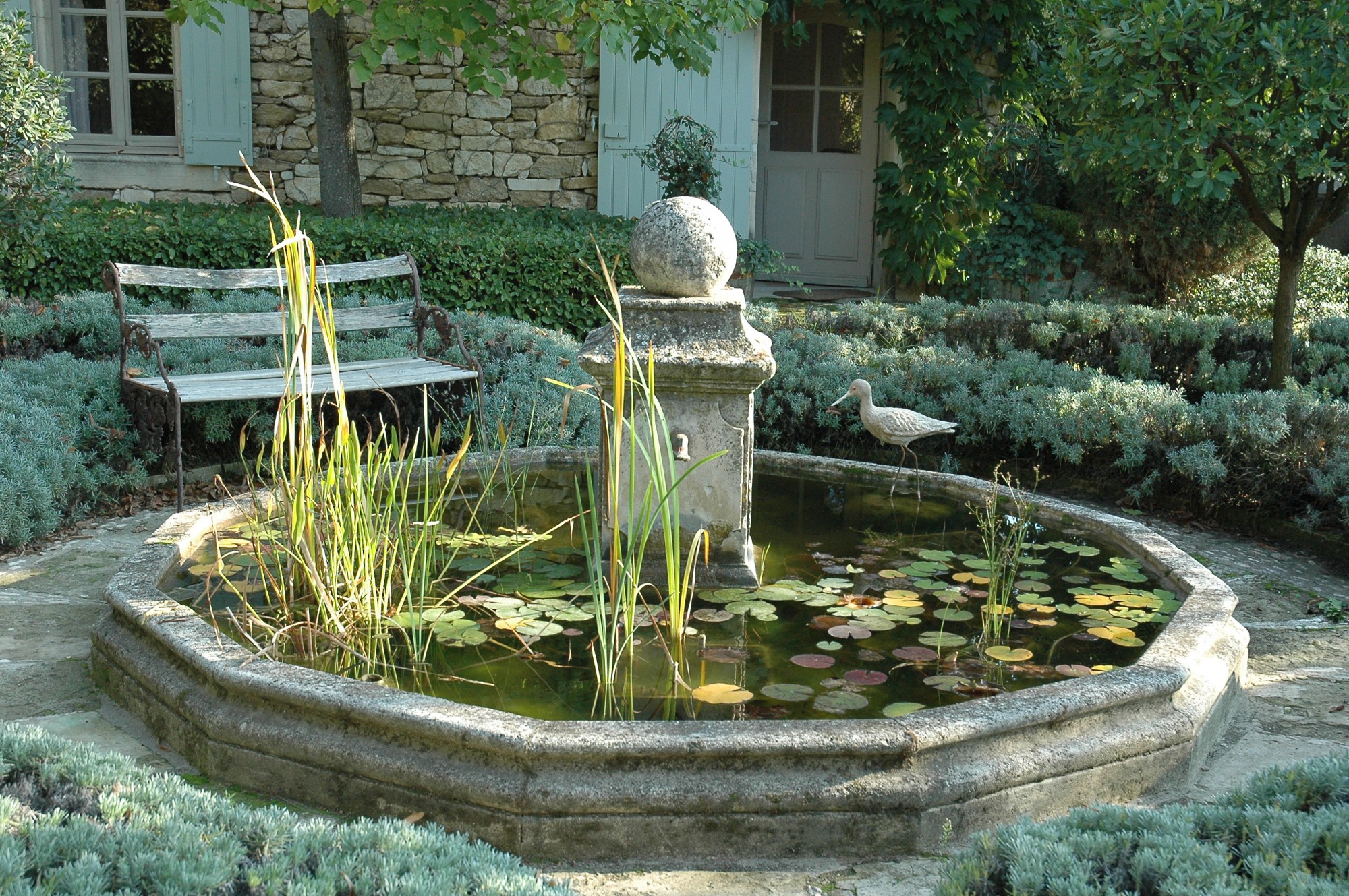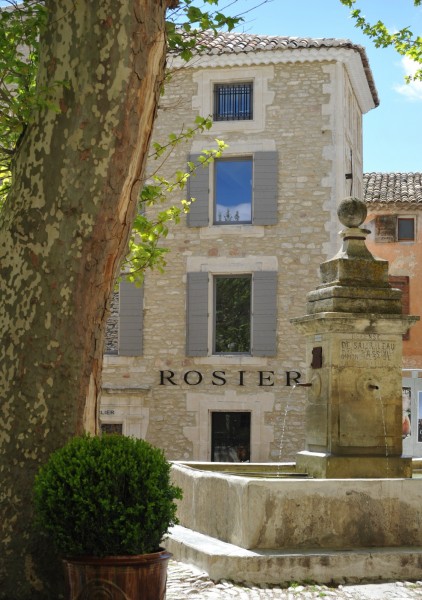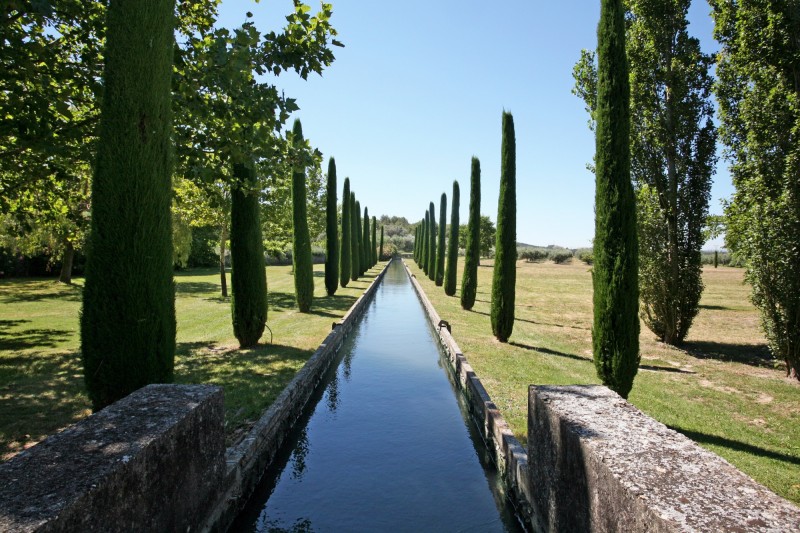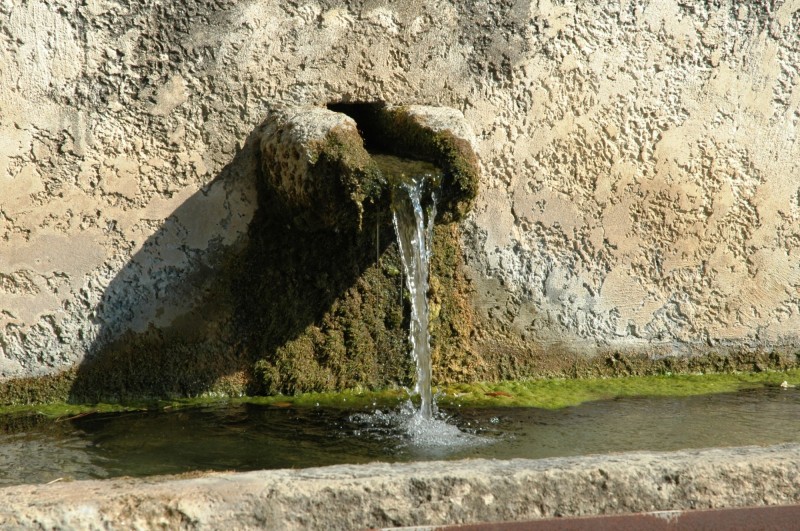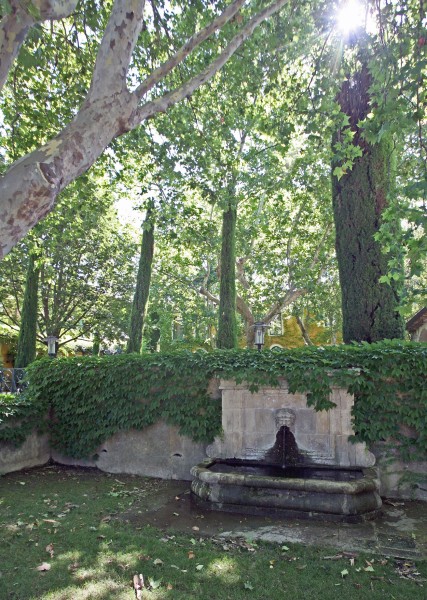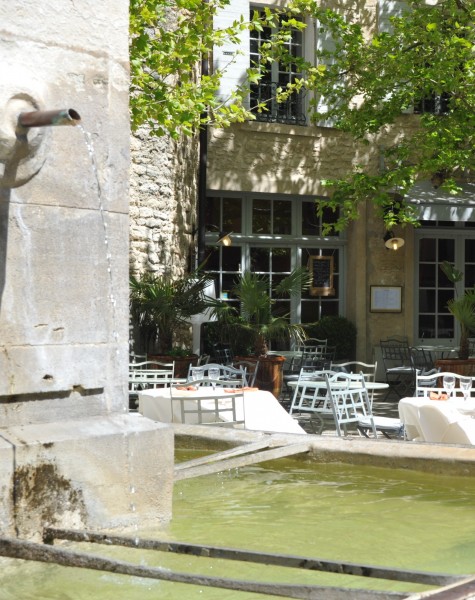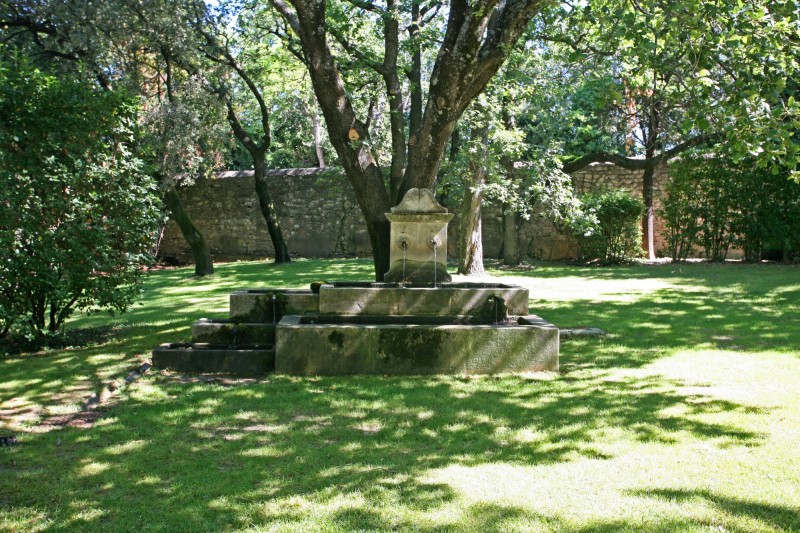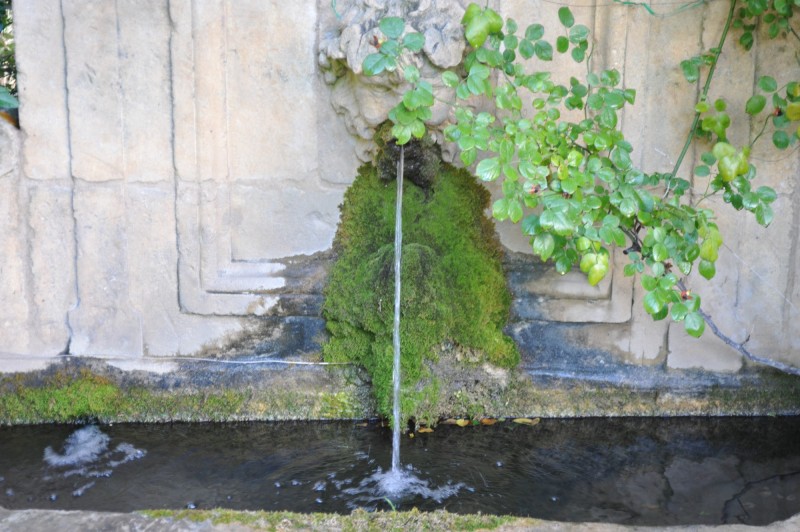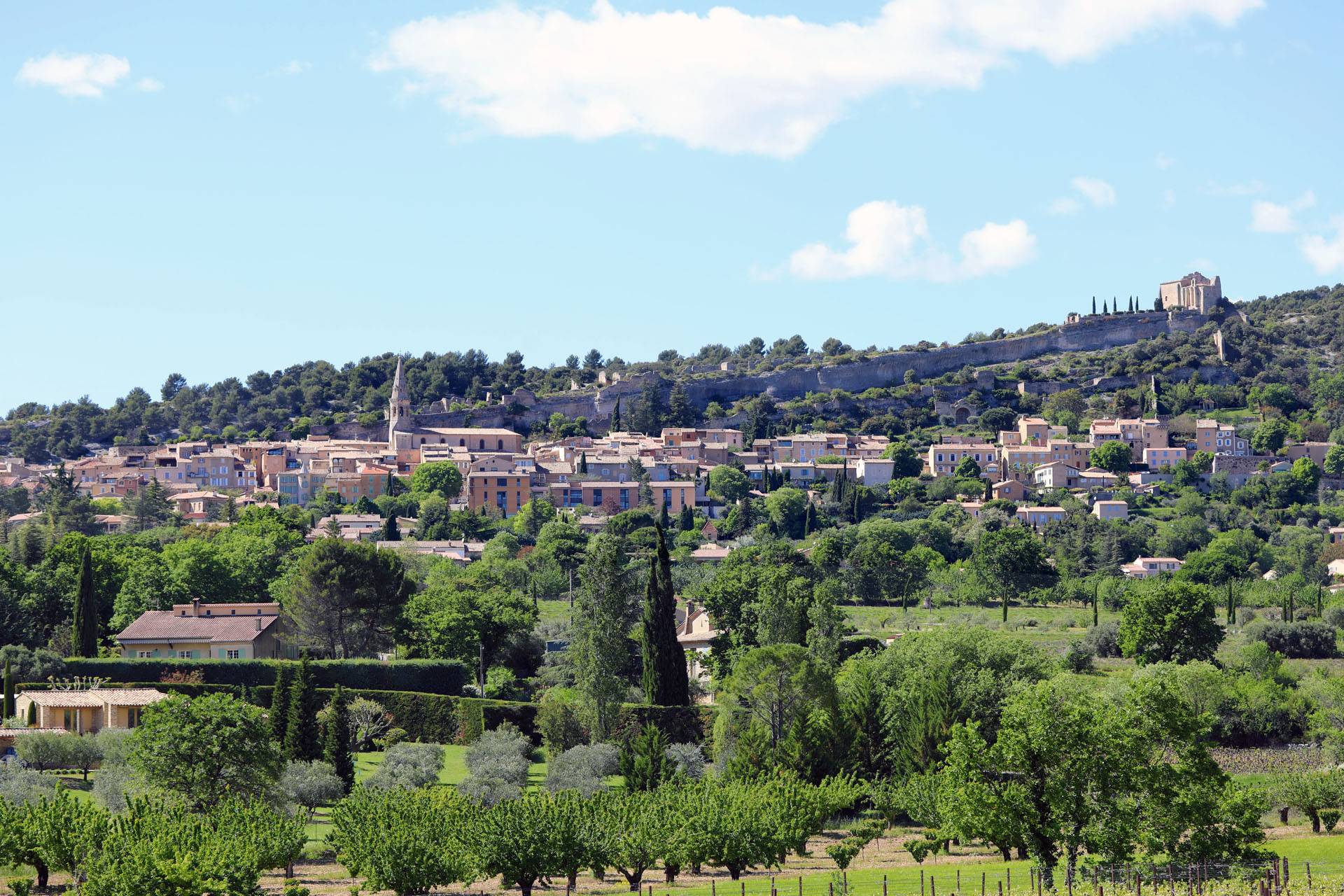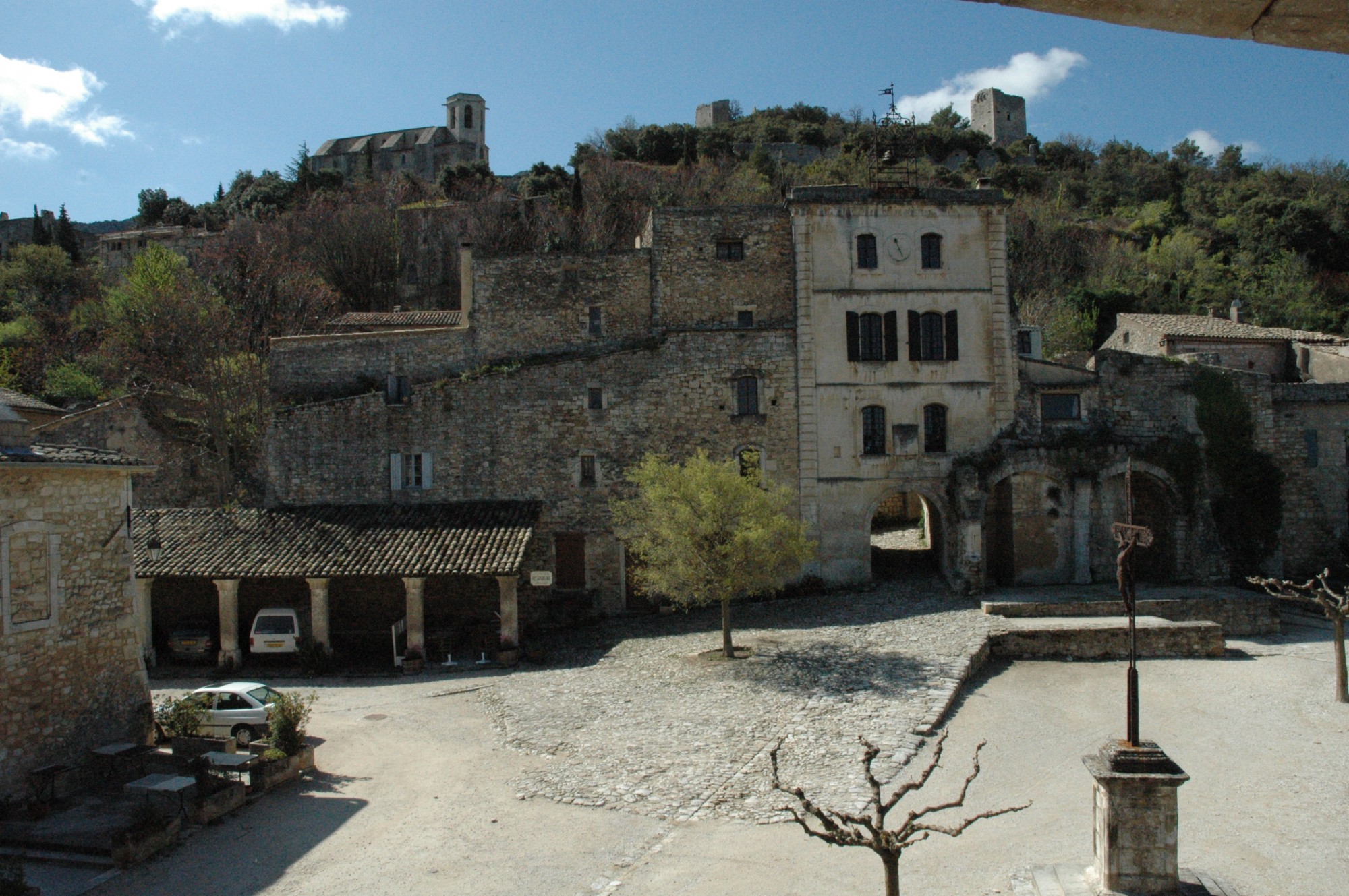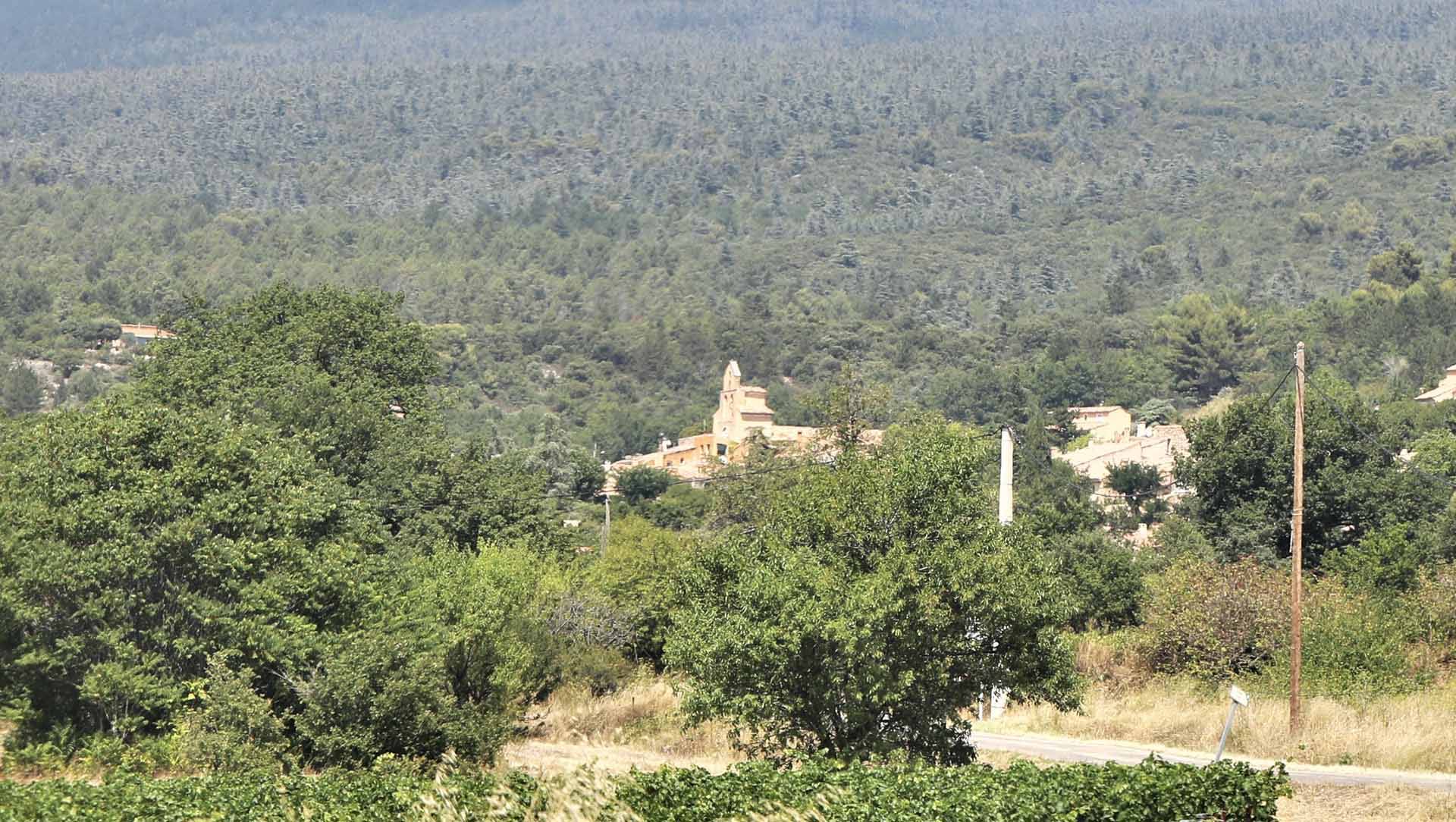FOUNTAINS in Luberon
Luberon #Architecture, #Economie, , #Patrimoine,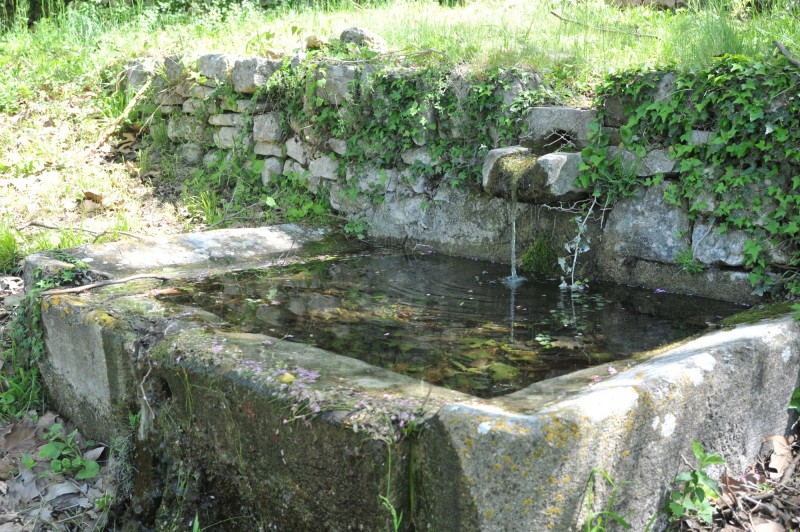
Fountains of Luberon.
Can you imagine a Provencal village without a fountain, the meeting point of the villagers in the shade of the plane trees? Regardless of the village, the Luberon hamlet where you will be, you will see a fountain. This can be a large rustic pool carved into the stone
and built into the hill, a beautiful majestic fountain in honor of a particular character of local history, or where bulb grimacing gargoyles spewing water into a happy gurgling.
Fountains often decorate the town square, surrounded the nearby cafe tables sheltered from the Mistral. The first rays of the sun, people meet there for coffee, to read their newspaper or a drink. This is a friendly place par excellence.
Water, so precious in our Mediterranean, has been captured, collected, guided often ingenious way to feed the villages. The source is usually located at the foot of a hill where a medieval village perches, but also in the valley, resurgences coming
straight from the mountains of Vaucluse and the Luberon.
They are the source of all the villages of the Luberon. The houses are grouped around the fountains, wash houses, pools, which have been designed and built to protect the source and allow watering animals, crop irrigation and provisioning populations.
In absolute terms for the inhabitants, these purveyors of water were protected, renovated carefully maintained.
The sources have been captured since the Neolithic but the Romans have created systems controlling the flow of water throughout Provence that have proven incredibly effective as the famous Pont du Gard to name him.
Some fountains are rustic, discreet, beautiful in their simplicity without aesthetic effort. They capture sources close by gravity and thus depend on the vagaries of nature. They can be carved out of the stone under a rock as Cabrières d'Aigues,
clinging to the hillside as you will see in Brantes or hidden under an arch like that of Céreste. Some flow into the wash or trough. Each is different and adds to the rustic charm of the place.
Prestige fountains, meanwhile, were placed in the center of the village or neighborhood to beautify while supplying water to the inhabitants. The water often comes from a distant source guided by channels to the village.
In the Venaissin County, some fountains of the eighteenth century are decorated with an octagonal bulb and masks such as Vénasque. The medieval town of Pernes les Fontaines, which was the capital of Vaison in Vaucluse for 2 centuries has forty fountains
of various forms. A Robion, a fountain wells is remarkable and unique. This ancient well of the XVIth century is dressed in a round tower with a pointed roof and a sphere. Metal gargoyles pouring water in the basins of stones.
The village of Perth has a beautiful fountain of the 4 seasons of 1862, where four angels are the seasons and dominates the bust of a former mayor. Instead of Gordes, facing the castle is adorned with a beautiful fountain in the square was shaded by two huge
trees. Riders still sometimes come there to drink their horses.
If you reach the South Luberon and go through the bastide des Jourdans, you can not miss the fountain of Jeanne dominated by a statue of the XVIIth century from the castle.
Standpipes, simple and clean lines are a single point of functional water that allows visitors to find fresh water in villages such as Pernes les Fontaines, Aurel, Beaumont Pertuis, Cheval-Blanc, Cities on Auzon.
The most famous of our fountains is undoubtedly that of the Fontaine de Vaucluse which happens to be also a source gushing at the foot of a cliff 230 meters, in a narrow valley. This natural resurgence comes from various underground water courses of the
Vaucluse Mountains, Mountain of Lure and Albion plateau.
Make meaning source or fountain Provençal and the place is being called Vallis Clausa (the closed Valley in Latin and Vau-cluso in Provençal), Vaucluse, the place took the Fontaine de Vaucluse name.
This natural pool of deep blue and drains through the picturesque village and gives life to the Sorgue. The place is so peaceful, rural as the poet Petrarch came seeking refuge and learned to fish crayfish in its pure waters.
« Adieu, vous que j'aimais. Ce n'est point ma faute si le corps humain ne peut résister trois jours sans boire. Je ne me croyais pas prisonnier des fontaines. Je ne me soupçonnais pas une aussi courte autonomie. On croit que l'homme peut s'en aller droit devant lui. On croit que l'homme est libre. .. On ne voit pas la corde qui le rattache au puits, qui le rattache, comme un cordon ombilical, au ventre de la terre. S'il fait un pas de plus, il meurt ».
Terre des hommes
Antoine de Saint-Exupéry

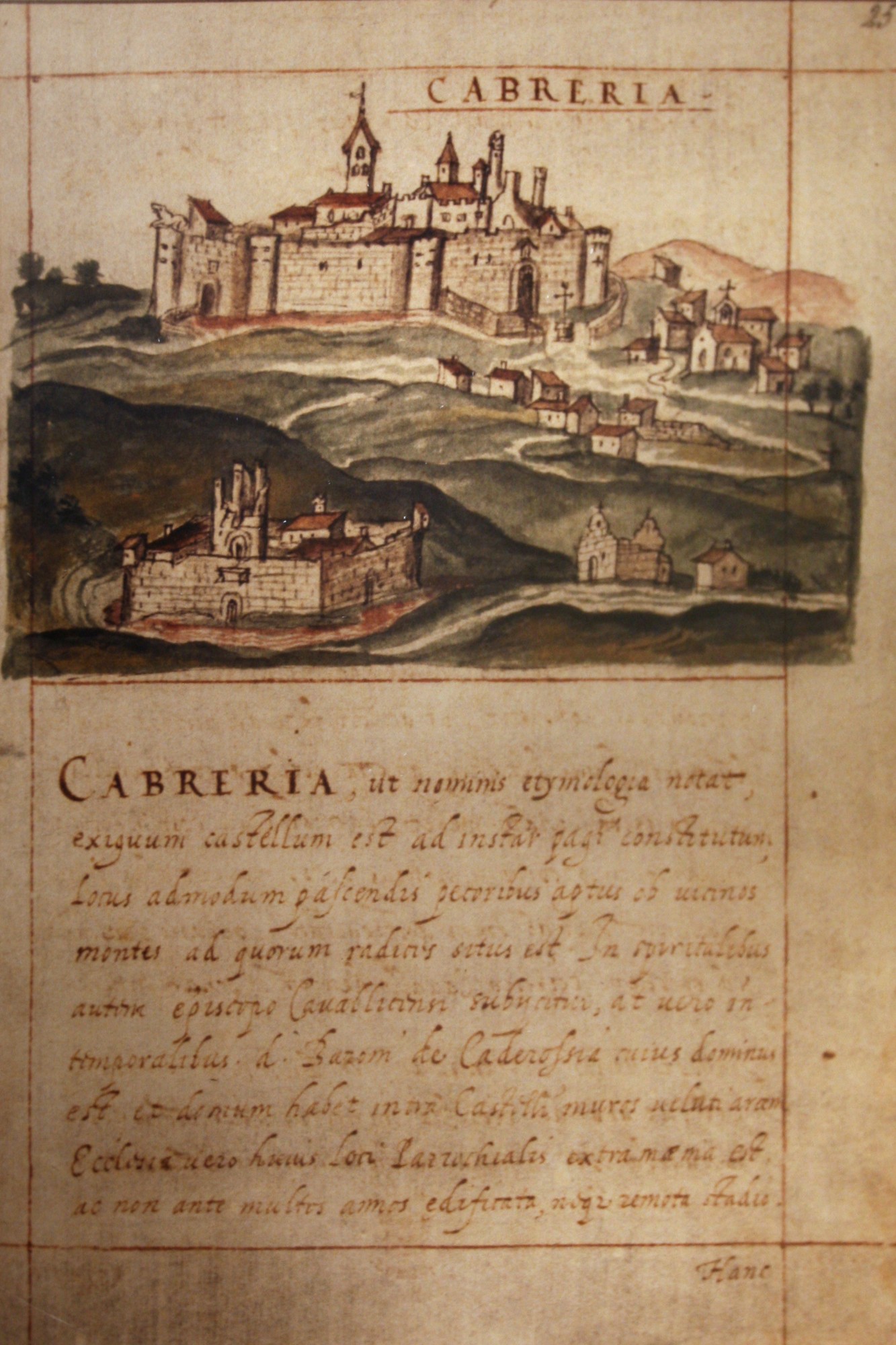
- Rosier Real Estate
- Place du Château
84220 GORDES
France

